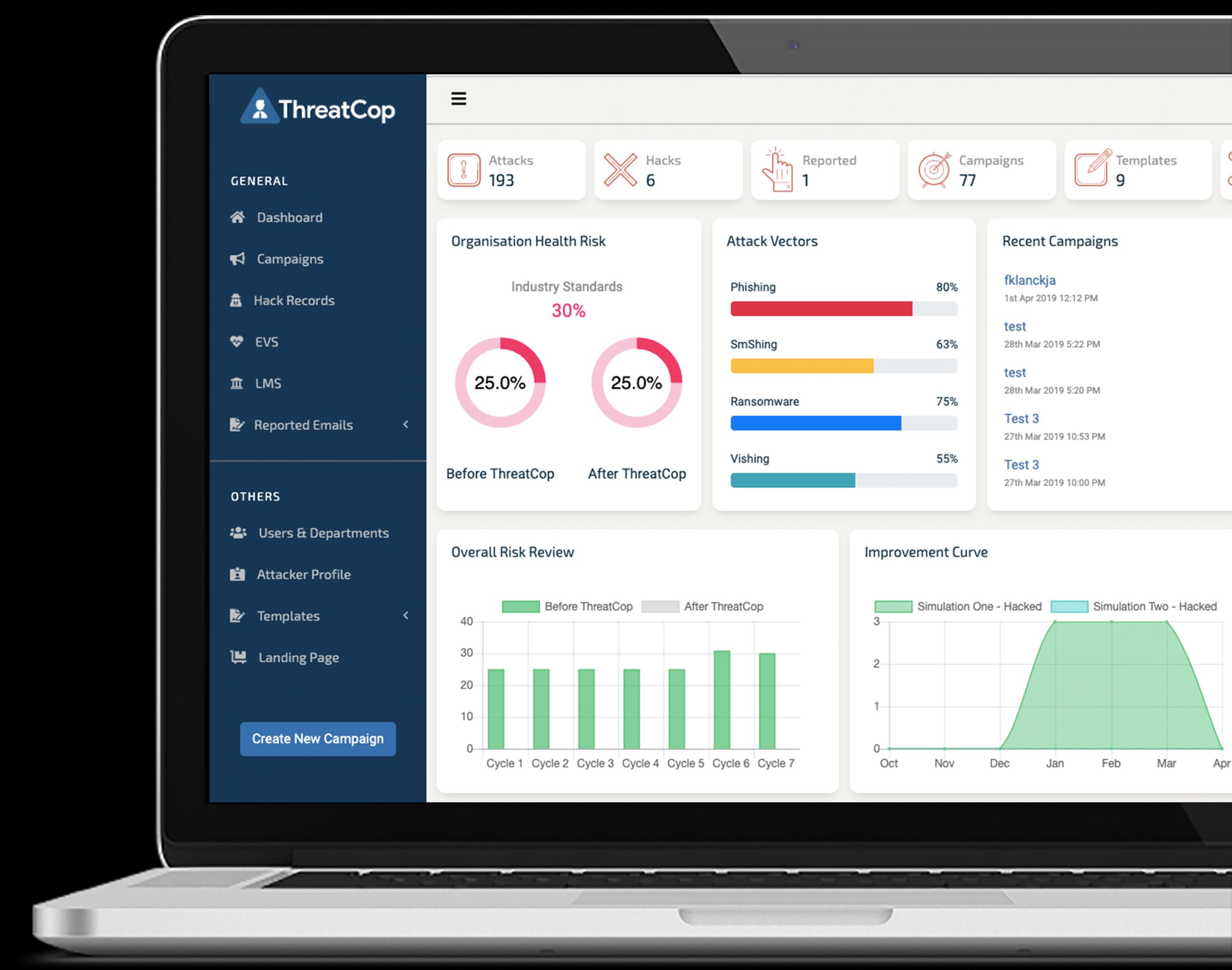What is Phishing Attack?
Unwanted emails have always been a source of annoyance and there is no doubt in that! Do you know that emails are the biggest source of cyber threats? In fact, in the first half of 2019, it was discovered that 85% of emails sent were accounted as spam. In the report by Verizon’s 2018 Data Breach Investigations, email is the main vector for distributing 92.4% of malware and 96% of phishing attacks.
One of the most infamous means hackers use to obtain information is via phishing. The purpose of deploying a phishing attack is to get sensitive information out of targeted individuals. The information could be of gaining access to protected data, network or any confidential information. A phishing attack is basically social engineering, a cyber-attack, deployed to trick people into giving their confidential information such as user credentials, company data, financial information, etc.
They are deployed with an approach of ‘quantity over quality’. Large organizations have been at risk of phishing attacks for a long time because of their sheer size of employees. Often big-sized organizations remain vulnerable to menacing phishing attacks and hold high chances of having security loopholes.
Do you know what could go wrong if an employee falls victim to a cyber con? An entire company can be put in jeopardy of future uncertainty. In a latest survey, it was discovered that SaaS and webmail services have been the biggest victims of a phishing attack in the fourth quarter of the year with 29.8% out of all attacks. There was a 48% increase in Q4 from Q3 when compared.
Organizations should know how vulnerable they could be when it comes to phishing attacks. Talking about the most malicious attack, there are some specific types of phishing attacks, deployed over individuals and organizations such as:
-
Spear Phishing
This type of phishing attack doesn’t resemble any of the general emails of phishing attempts. Rather attackers make sure to gather complete information of targeted users to fill their emails with more authentic content. In some cases, phishers hijack their business email communication to create highly customized emails.
-
Clone Phishing
It is the cleverest attempt of a phishing attack where attackers make a clone or nearly identical copy of legitimate email messages. Furthermore, phishers change attachments by attaching a malicious file or link in those email messages to trick victims.
-
Whaling
When an attacker decides to take spear phishing on a big, high-profile target level, it becomes a whaling attack. This phishing attack specifically looks out for targets like on a senior executive in an organization who holds more greater internal data access than any employee in the organization.
How to Prevent Phishing Attack?
Employees receive an average of 4.8 phished emails per week and almost one-third of these emails make it past the default security systems of organization which further leaves your company completely in a perilous situation. To avoid being a target of a phishing attack, you must follow these preventive measures:
-
Remove or restrict incoming attachments that are infamous for being malicious in nature, before they reach you.
-
Always be alert with emails you receive and if any email looks suspicious, it may hold tell-tale signs of phished email like:
-
Poor content presentation
-
Grammar and spelling mistakes
-
Unknown sender address
-
Unexpected attachments or documents
-
Suspicious URLs which might redirect you to different webpages
-
Emails sounding with a sense of unsuspected urgency
-
-
Incorporate two methods of identity verification for your passwords and device to keep updated of unsusceptible activities happening around.
-
Use cyber-security awareness tools for the best prevention against every latest cyber-attack. ThreatCop, a cyber-security awareness tool is highly considered and appreciated across the globe for its amazing preventive features against attack vectors.
ThreatCop is a phishing simulation tool that offers the best training for phishing prevention. It is an explicit employee awareness tool that offers to convert humans into the strongest link in the chain of cyber-security in an organization. ThreatCop is a people risk assessment and cyber awareness tool which analyzes the security vulnerability level in the organization by executing real-time simulation attack on a selected group of individuals.
ThreatCop runs a dummy replication of attack of the latest cyber-threats to alert employees. Apart from phishing simulation attacks, this amazing tool also imparts knowledge on the basis of vulnerability level with lecture videos, PDFs, presentations, infographics, advisories, etc. You can also have regular cumulative assessments through the latest quiz tests based on the analyses report of your organization.
Only this amazing cyber awareness and risk assessment tool provides Simulation 2.0, a final simulation attack to check the level of proactiveness of employees in the organization. Even a slight loop-hole or little vulnerability can leave your organization as a targeted victim of a phishing attack. Simulation 2.0 gives a detailed report of the proactiveness of employees and how much they are preventive against a phishing attack.
We often teach our employees to approach smart work rather than hard work which not only saves resources but time too. Similarly, it is better to invest in preventive tools rather than losing huge cost, time and confidential information through cyber-attacks.













No Comments